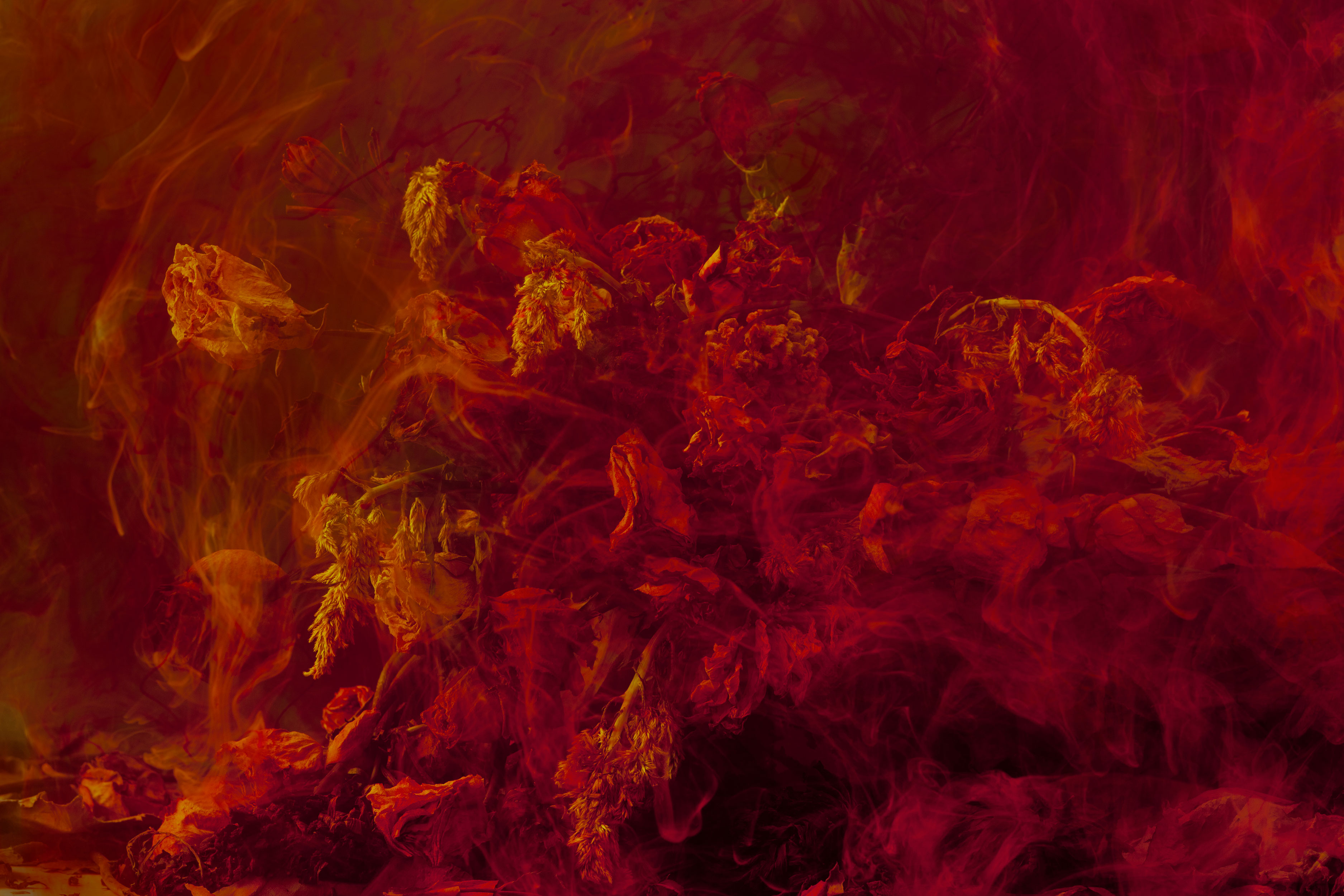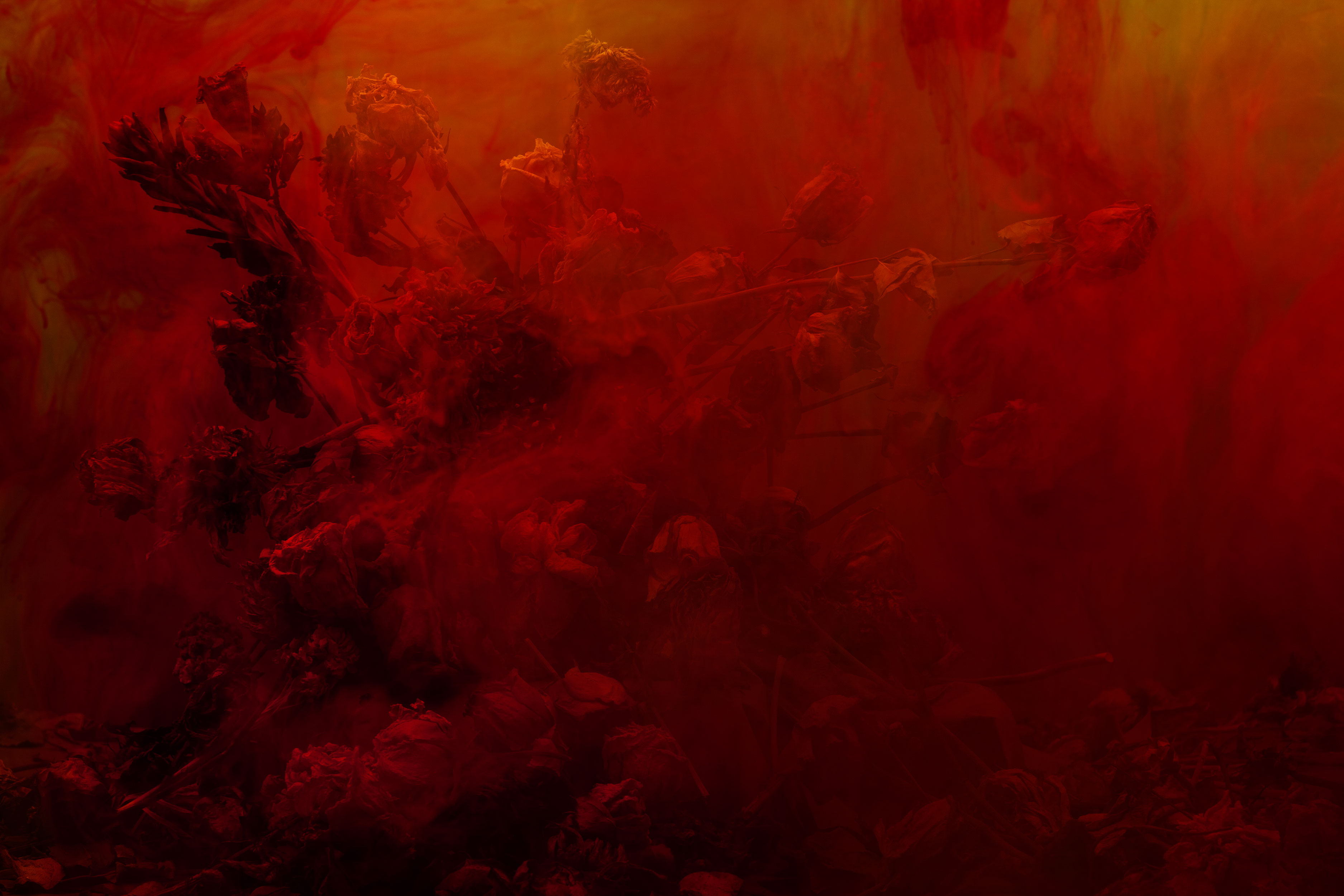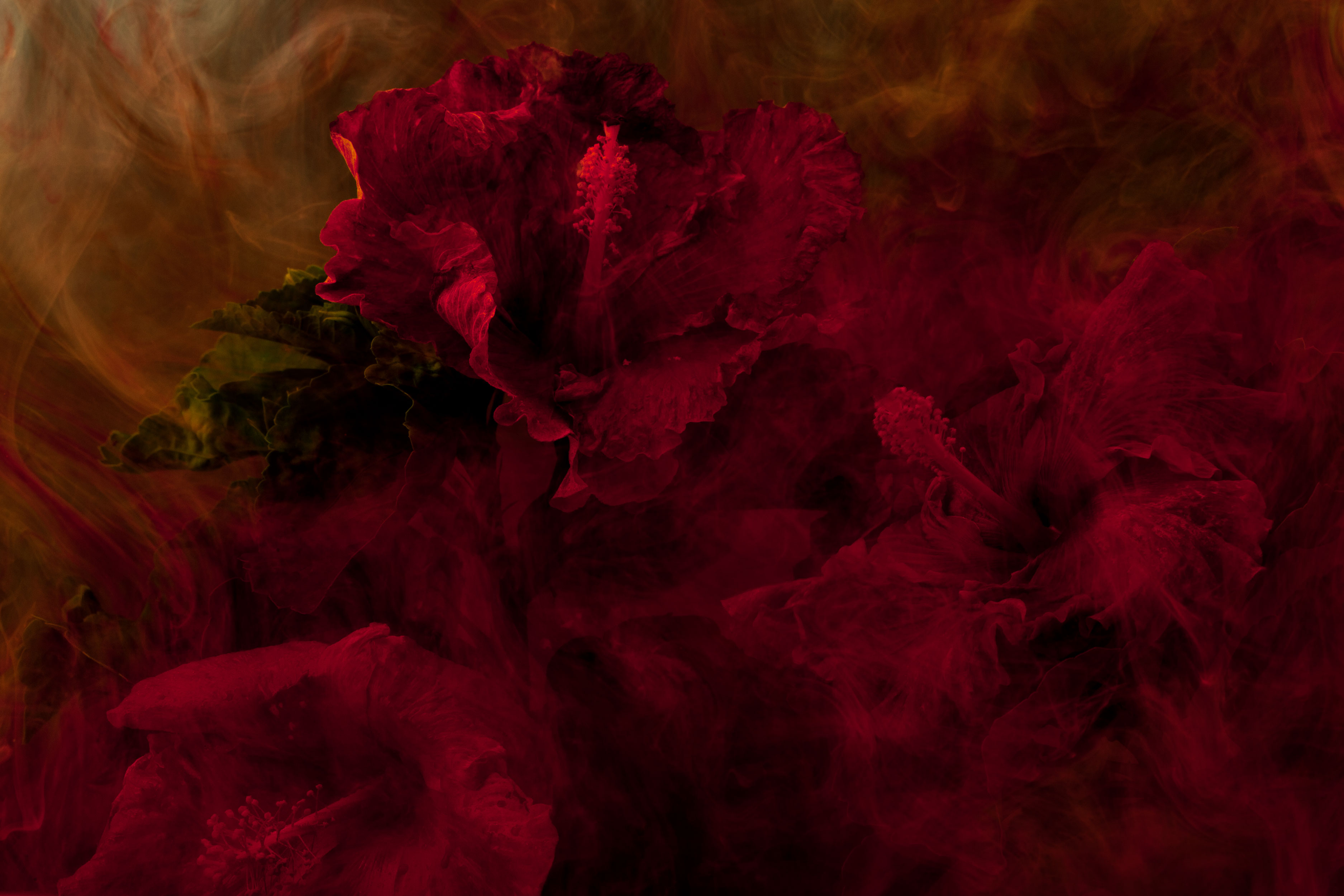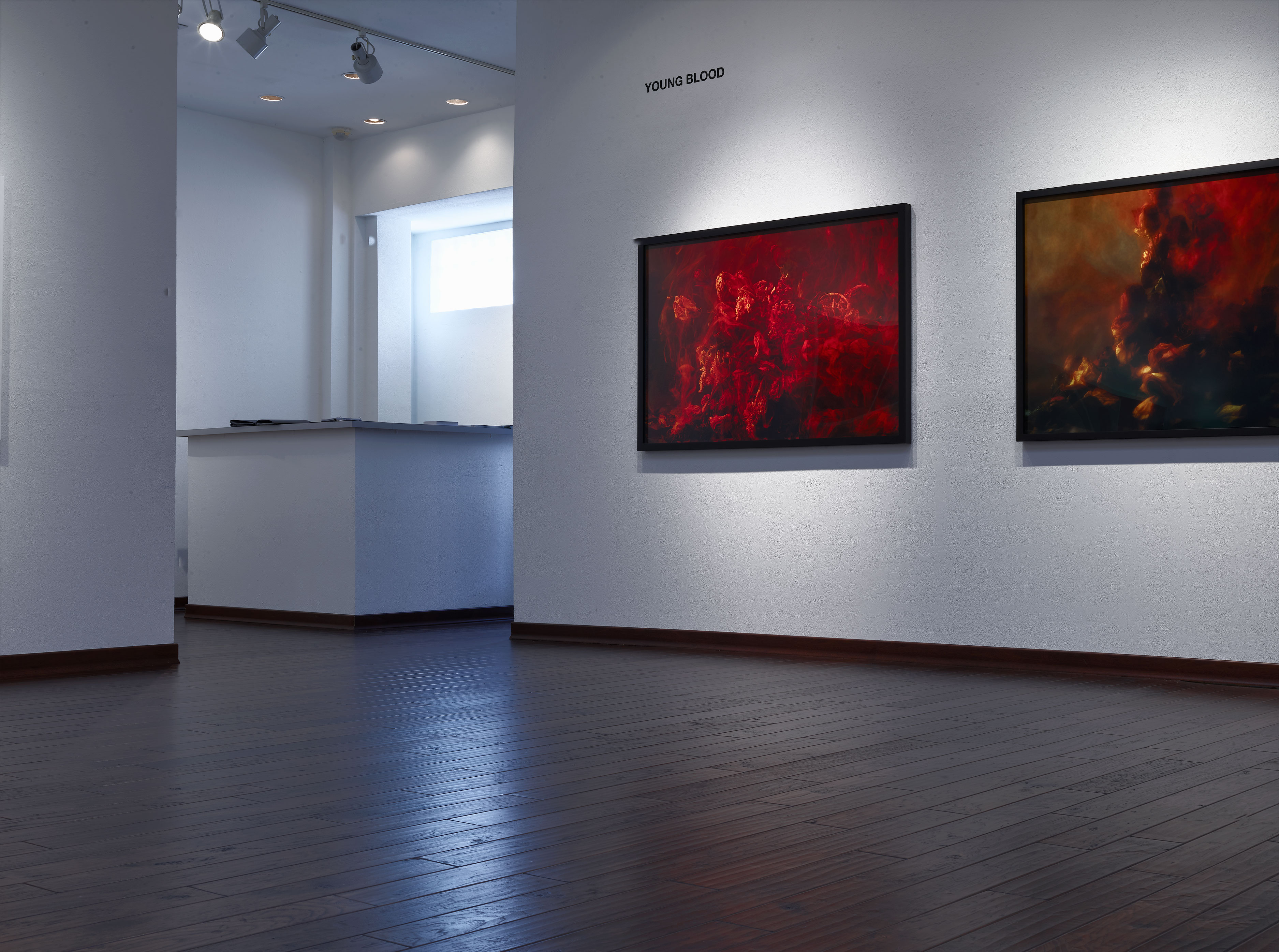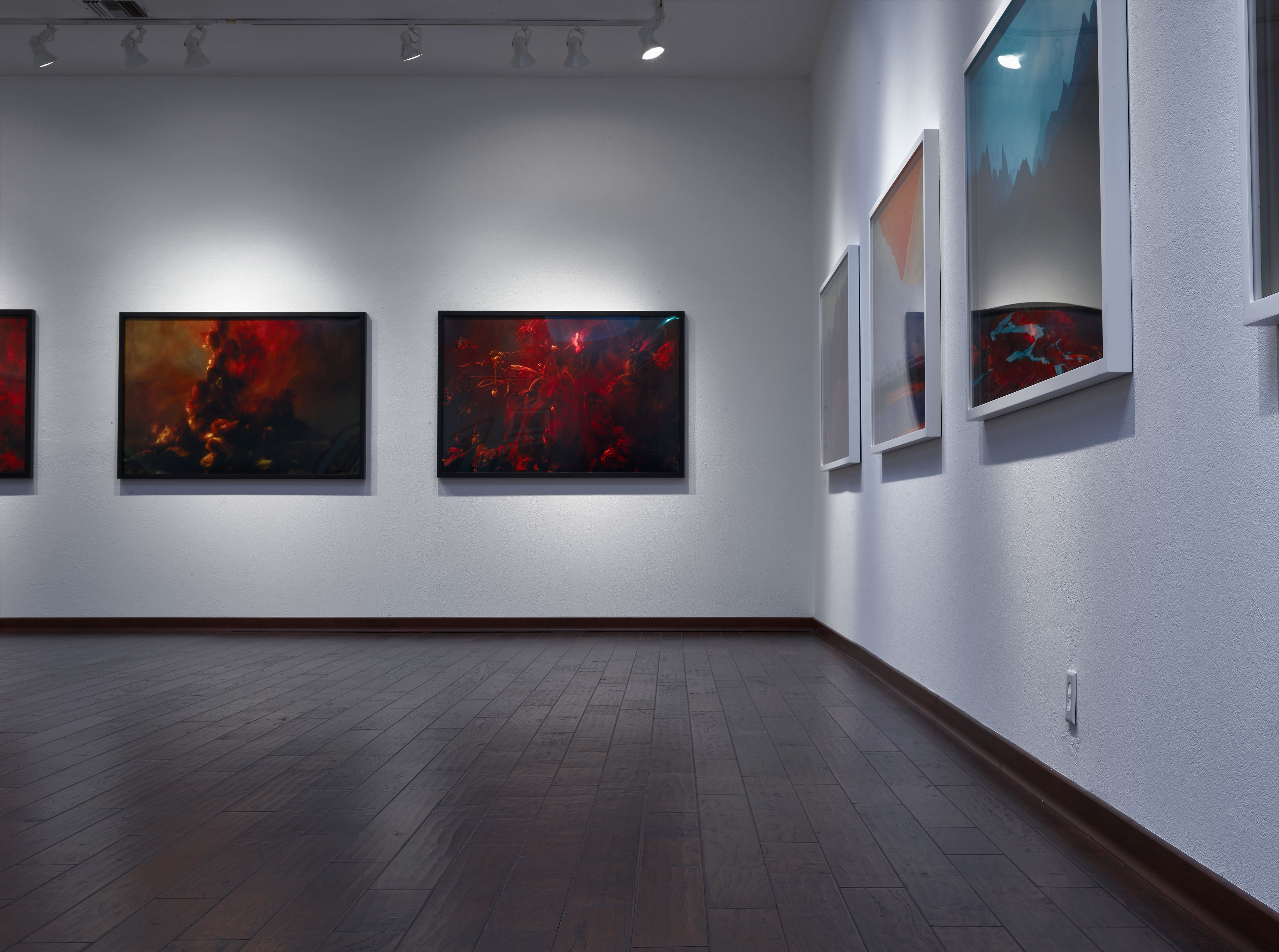Stamen
Nicholas Alan Cope
&
Dustin Edward Arnold
Stamen (Latin: thread of the warp) is a series of images exploring the dual nature of the spirit and self through a hermetic alchemical lens.
For hermetic alchemists life, like a weaving, has it’s orgins in a single thread; a single base material from which all is created. It is the prima materia (the first matter) which forms the material and immaterial building blocks of reality. The goal of the alchemist is to transmute this primitive essence upwards towards divinity through a the process of Solve et Coagula, Separatio et Coniunctio (disintegrate and unite; separate and join). This constant forging and refinement of the spirit and psyche oscillates between light and shadow, spring and fall, living and dying. In this way, the series acts as a visual allegory for the life, death and rebirth of the spirit and psyche.
Like the hermetic alchemists of the 15th and 16th century, the images within Stamen were created using physical alchemy as a catalyst for spiritual meaning. The birth and subsequent death of the images began by baptising the flowers in substances which had metaphoric as well as optic value. Salt, for instance, is a transcendental mineral which coagulates and transforms other substances; it preserves, is stable, and has associations with the earth. Sulphur, on the other hand, possesses a psychic double nature: burning and corrosive, heating and purifying, corporal and spiritual, earthly and occult.
The act of bathing and submersion is the very first in the process of physical and psychological cleansing- it signifies the beginning of the death and rebirth of the self. Through this process we sought to create images which reflect stasis, conflict, and surrender between these opposing forces.
After this symbolic death, the reborn psyche emerges from the rotting corpse of the old self, and the duality is confirmed: wisdom and bitterness, insight and pain, growth and discontent, nourish the self as a double-edged sword. In the end, perhaps it is the recognition and acceptance of these relationships which defines the ‘prima materia’ within us all.
